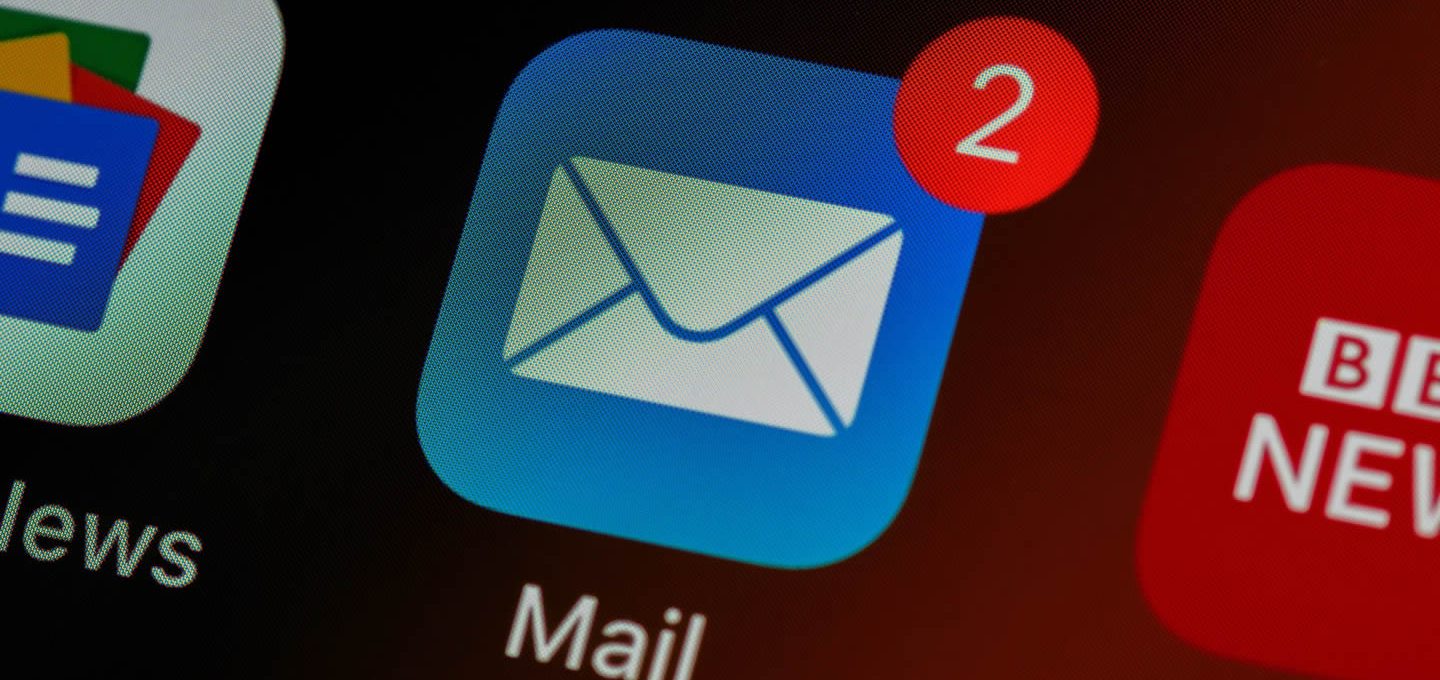Email is one of the most tried and trusted online communication tools available. Billions of people send sensitive data through emails every day, so it must be a secure platform with minimal cyberthreats, right? Wrong. Email’s popularity often works against it, as people are too trusting of their inboxes and fall victim to simple cyberattacks.
Here are 10 email cybersecurity tips to keep data safe.
1. Change your passwords regularly
The most straightforward security habit people should practise is frequent password changes. An email account’s password should be updated every few weeks or more so hackers are less likely to guess the answer and gain access to private information. Most email platforms have high password standards that require capital letters, numbers and special characters, helping users create strong ones no hacker can guess.
2. Use multifactor authentication
Multifactor authentication is a helpful security tool that requires users to pass another obstacle after entering the password to gain access to their accounts. The extra step can be simple, like a pin or phone number, but it’s usually a specific question about the account owner’s personal life. Here are a few examples:
- Who was your year-three teacher?
- What was your first car?
- What is your favourite colour, movie, book, etc.?
No matter the topic, people need to choose a question with a precise answer. If their year-three teacher was named Mr Smith, a hacker could easily make that guess. The second authentication step should be as unique as possible.
3. Avoid sharing sensitive information
Email is not the place to share sensitive data, even with trusted people. Once something is sent to another account, users no longer have control of that information. The person who received it can share it with anyone else, making the chance of a cyberattack much more likely. People should keep their personal data under wraps and leave nothing to chance.
4. Know the signs of phishing
Phishing is the most common scam email users fall for. Cybercriminals impersonate legitimate people or organisations and attempt to extract information from users like passwords and credit card numbers. The coronavirus pandemic has compounded this problem, causing almost 18 million daily Gmail scams related to the virus in 2021.
Here are some telltale signs of phishing:
- Emails from unfamiliar people or companies
- Nondescriptive subject line
- The sender’s email address doesn’t match the person or company
- Bad grammar and spelling
- Lots of links and attachments
- Requests for immediate action, such as click here now, follow this link, etc.
People can take comprehensive phishing quizzes to build their skills and learn all the signs.
5. Don’t open or download unclear attachments
Even if someone trusts the sender, they should not open or download email attachments until they’re 100% sure of the contents. They might have accidentally sent a file already infected with malware. Recipients should double-check the attachment’s extension before clicking on it. It’s usually safe if there’s a three-letter extension at the end, such as.jpg. People should steer clear of attachments with multiple extensions.
6. Don’t click on suspicious links
The same advice applies to suspicious links. People should never click on links with long, unorganised URLs, no matter who sends them. Most URLs of legitimate websites are short and neatly structured. Also, any links should have the standard green padlock icon. It’s not 100% foolproof, but it usually means the website has a secure sockets layer (SSL) and is safe to browse.
7. Contact the sender for verification
Suppose someone checked all the signs and is still on the fence about a link or attachment. In that situation, they should contact the sender through another channel to verify that the contents are secure. People can safely proceed if they get the all-clear. In any case, people should specify the urgency level so the sender takes requests seriously.
8. Only access email from secure Wi-Fi
People should only access their email accounts from a secure Wi-Fi network. Using a public one exposes activity to cybercriminals who might be using the same network. People that need to open an email in public should turn off Wi-Fi and use mobile data. They should stick with the networks at home, their job and other trusted locations.
9. Use a spam filter
A spam filter is a fantastic tool that identifies suspicious emails and sorts them into an inbox of undesirables: the spam folder. The filter automatically updates based on activity. If recipients don’t respond to emails from a specific sender, the filter will no longer send them to the inbox. The more responsible someone’s email habits are, the more effective the spam filter will be. People can go to their settings and ensure this feature is enabled.
10. Install antivirus software and a VPN
A combination of a virtual private network (VPN) and antivirus software is perhaps the most surefire way to protect email data. A VPN provides a secure network connection at all times, while the antivirus shields devices from viruses, malware, spyware, scams and other cyberthreats. It scans all attachments before downloading, saving users from bad browsing habits. It might cost money, but the security is worth the investment.
Secure Email to Protect Data
People will never be 100% safe from a cyberattack, but these 10 tips will minimise the risks and enable them to send and receive emails confidently. They will know how to spot dangers, block threats and keep data safe. Users can start small with a password change and work their way down the list until they have every security measure in place.

